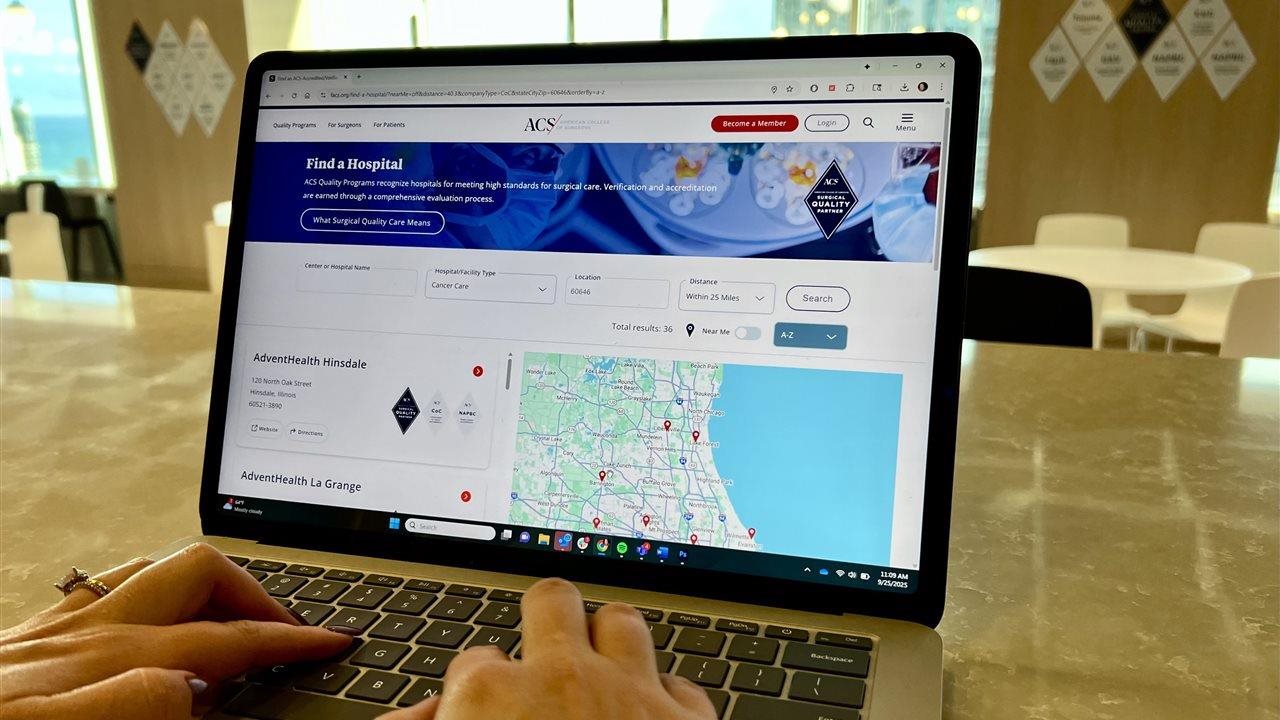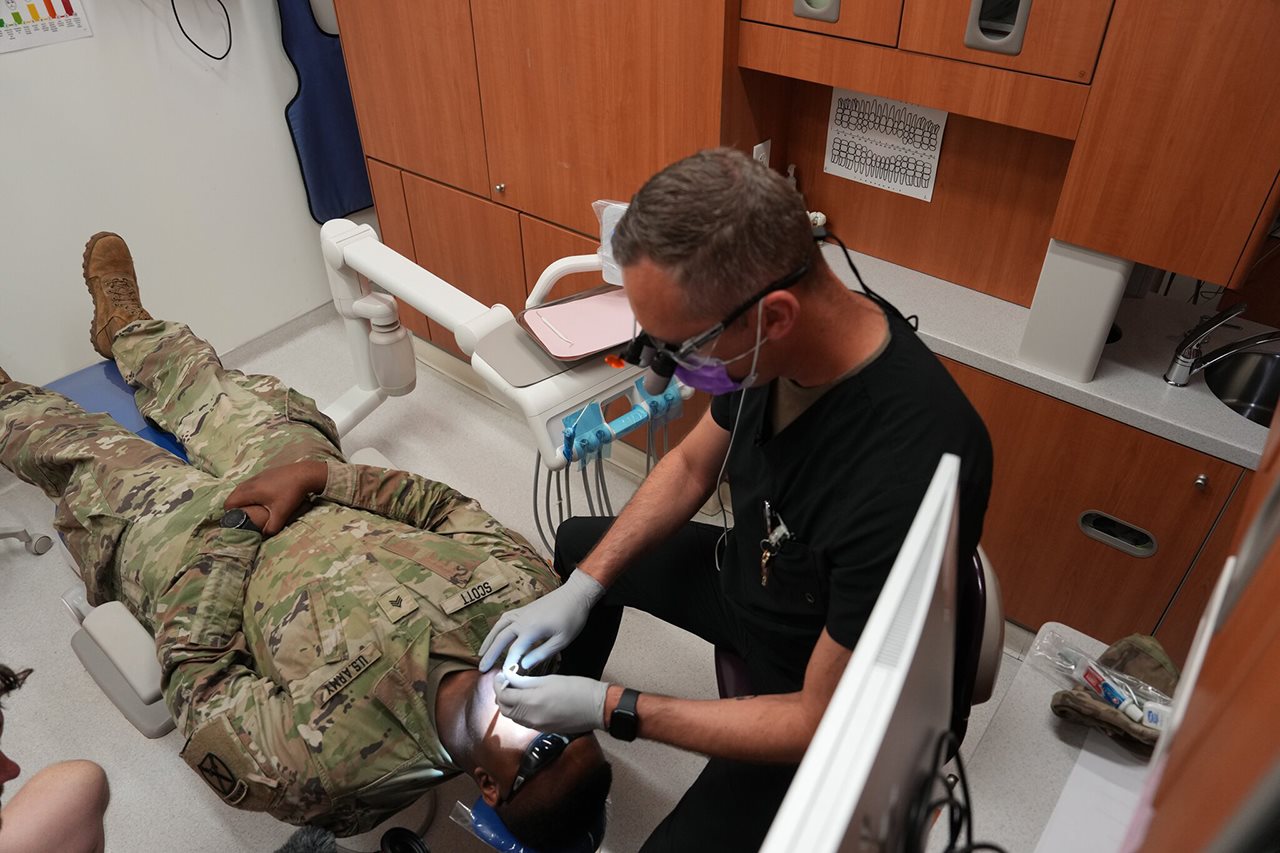2025-09-30T09:15:00
(BPT) – If you’ve been denied access to a GLP-1 medication for weight loss, you are not alone. However, there are new science-backed options you should know about that don’t require a prescription.
Health insurance companies are limiting coverage of GLP-1s to people with Type 2 diabetes, higher BMIs or who have other weight-related issues like high blood pressure. The difficulty of getting insurance approval for these medications, plus the fear of getting cut off from them when you’re already taking GLP-1s, is causing frustration and anxiety for millions of people.
“For overweight people it isn’t just about weight — it’s about managing chronic disease,” said Linda Anegawa, MD, at Tonum Health. “When access to these medications is denied, the consequences can be immediate: continued weight gain or regain, increased frustration and the psychological impact from appetite rebound.”
Alternatives when GLP-1s are not available or affordable
Many health care providers continue to counsel their patients to follow a variety of lifestyle adjustments that can have a positive impact on health and weight over time. These include regular cardio and strength exercise and eating a healthier, balanced diet containing whole foods like fruits, vegetables, unprocessed meats and legumes.
But for the many people who struggle to lose weight, even while pursuing a healthier lifestyle, Anegawa recommends trying Motus, a naturally derived, science-backed product that burns fat, not muscle, and helps people keep it off for good.
A recent six-month human study found that participants on motus experienced a 10.4% total body weight reduction, and 87% of the weight lost was fat mass, not lean mass.
“Based on the promising six-month data, Tonum Health is extending its human study, on its proprietary formula, to 12 months.
Motus is a science-backed natural supplement that can help you reach your weight loss goals — especially if you have concerns about insurance issues or the long-term health impact of GLP1s.

Why weight regain after GLP-1s is so problematic
People using GLP-1 medications can experience significant muscle loss while they are taking the medication, which can have a long-term detrimental effect on their health. And when the medications are stopped, most people regain all or most of the weight they lost over time.
“Unfortunately, regaining weight when these medications are stopped generally results in regaining more fatty tissue,” said Anegawa. “This erodes the user’s body composition over time and can worsen their metabolism.”
Many find that the sudden appetite rebound and return of “food noise” leads to old habits returning, which can result in not only weight gain, but also increased metabolic diseases like high cholesterol, high blood pressure and chronic inflammation.
“Everyone should consider transitioning to a healthier lifestyle, regardless of whether they elect to use a GLP-1 or a supplement like Motus as a booster,” Anegawa added. “That includes eating the right portion of lean proteins, green vegetables and good fats, while staying away from sugar and processed foods.”

To learn more about Motus and how it could support you on your weight loss journey, visit Tonum.com. Motus is available for purchase on the website.
* The results were based on an open label 100-person human study conducted over six months with no caloric restrictions or exercise requirement. This research and these statements have not been evaluated by the Food and Drug Administration. This product is not intended to diagnose, treat, cure or prevent any disease.























